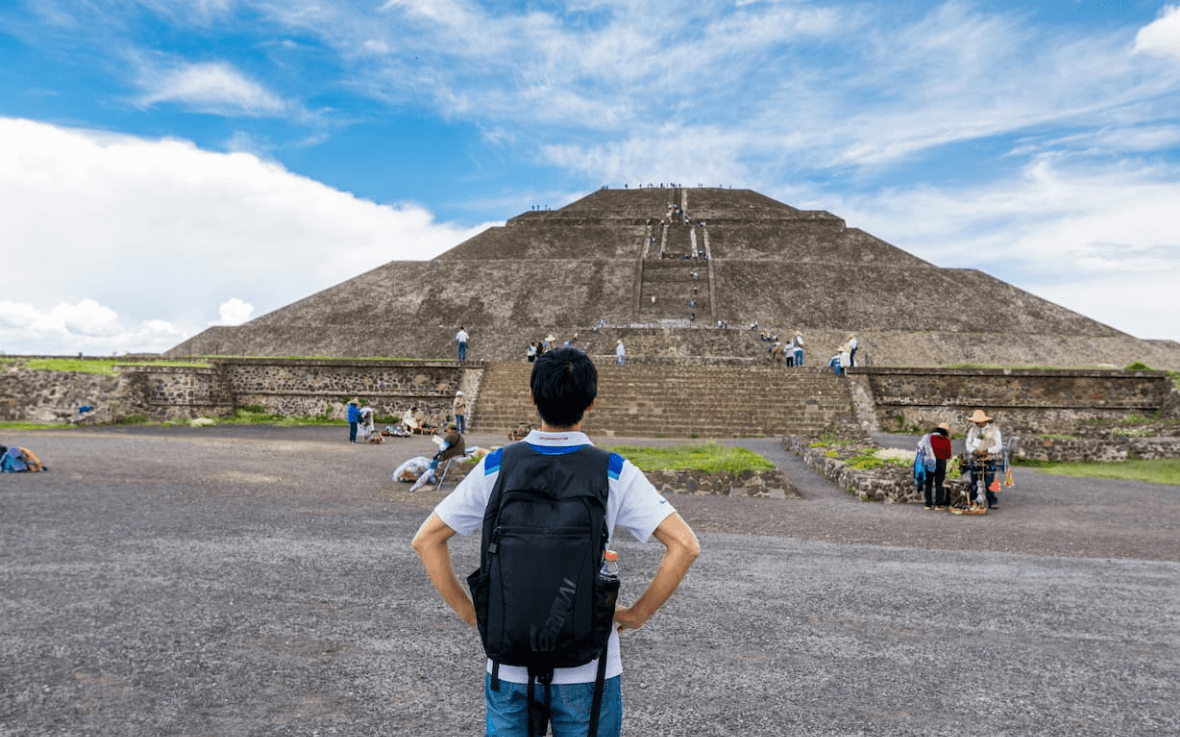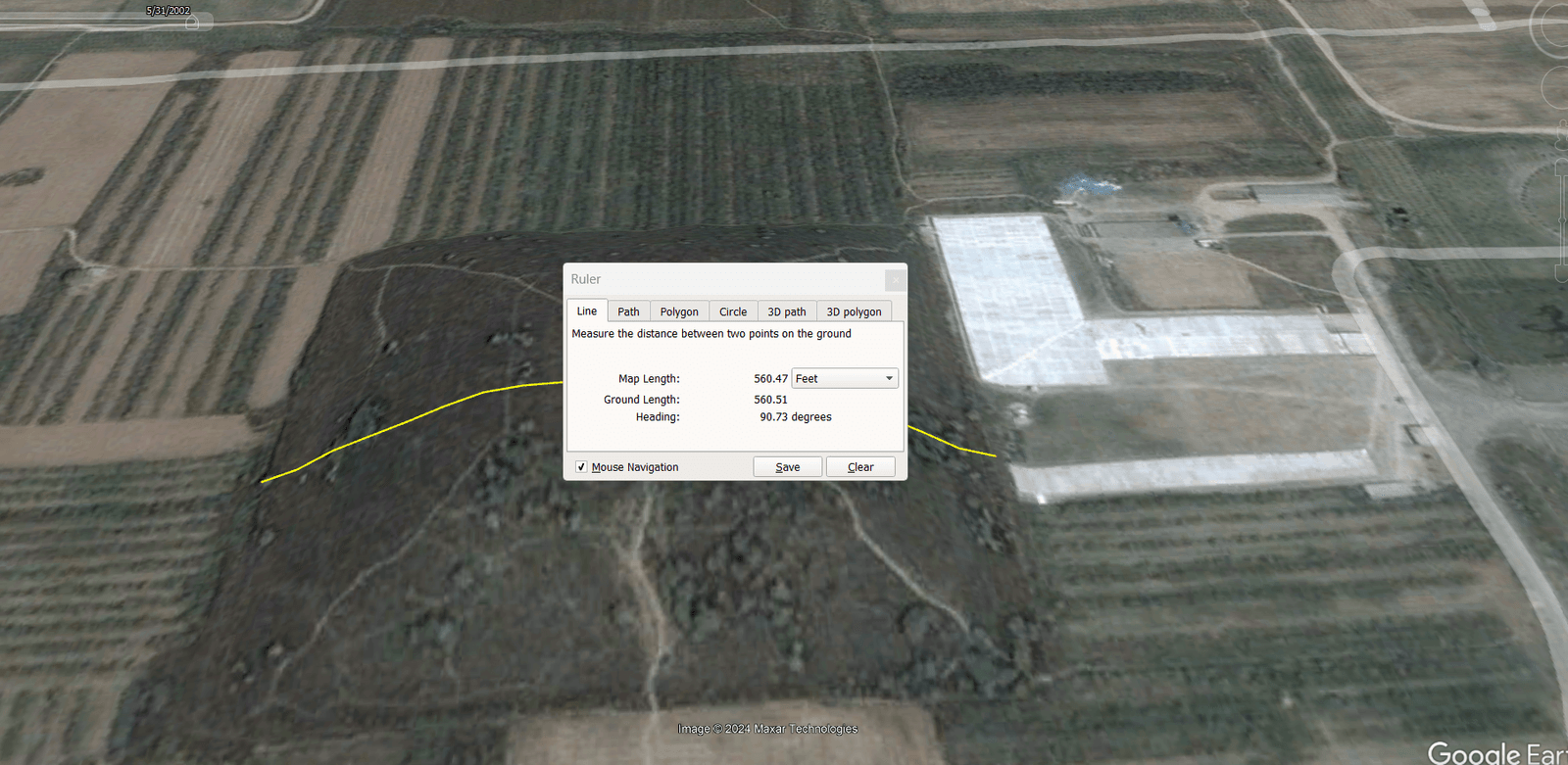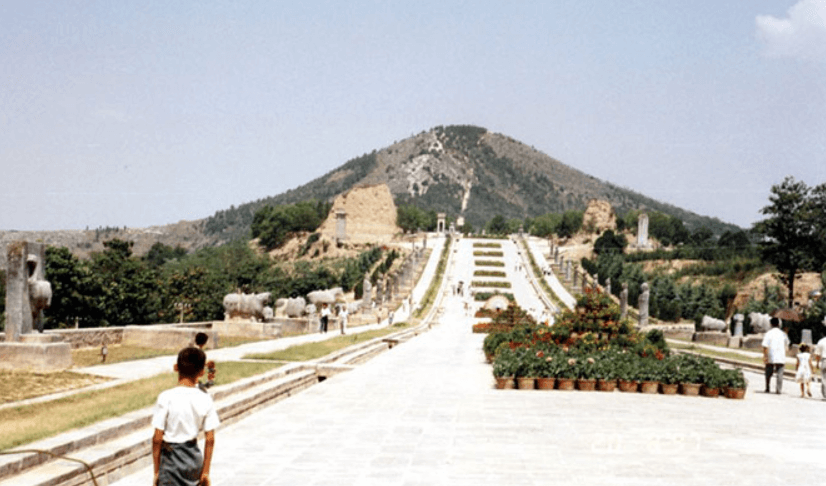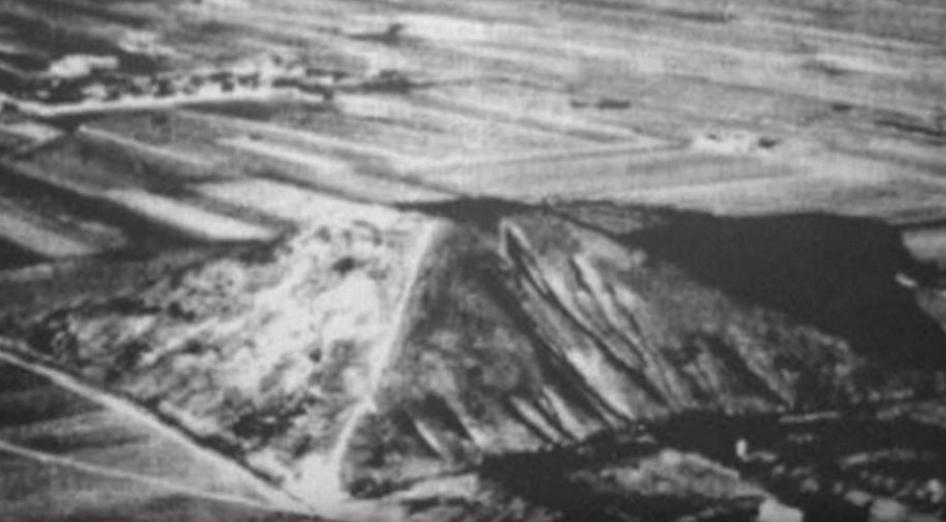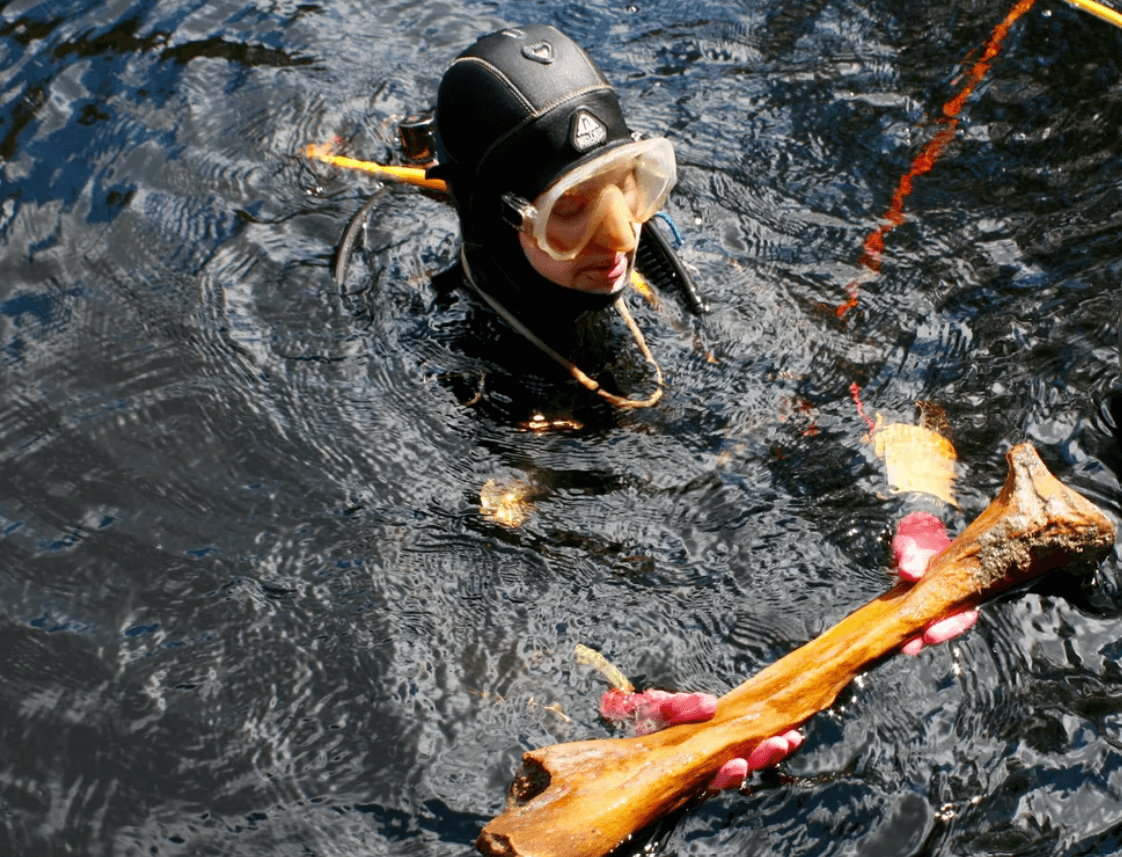In the heart of China, hidden from the prying eyes of tourists and the scrutiny of archaeologists, lie ancient enigmas shrouded in secrecy. These are the pyramids of China, a topic that has intrigued and mystified the world, perhaps by design. Our journey into the heart of this mystery begins in the early 1990s with Hartwig Hausdorf, a German investigator whose quest for a colossal pyramid seen in earlier photographs led him to an unexpected discovery. Hausdorf encountered not the ancient marvel he sought, but a meticulous patrol by the Chinese military, guarding the secrets of the area. This encounter inspired him to pen “The White Pyramid,” a book that, while failing to unveil the pyramid he sought, illuminated other structures hidden in the region and sparked global curiosity.
The turn of the millennium brought an official acknowledgment from Chinese officials, revealing the existence of approximately 400 pyramids north of Xi’an. Yet, the elusive White Pyramid remained outside this count. Unearthed at many of these sites were mausoleums, distinct in their resemblance to Mesoamerican pyramids rather than their Egyptian counterparts, with their flat tops and vegetation-covered exteriors. These ancient tombs, home to China’s royal ancestors, were designed to remain undisturbed for eternity, their existence barely perceptible, camouflaged by the lush landscapes of mountains, hills, tall grass, and trees. The Chinese government has been reticent to open these sites to exploration, citing concerns over potential damage by overzealous archaeologists and tourists. They argue that the wait is for a time when technology can allow for the safe unveiling of the pyramids’ ancient secrets, some of which date back 8,000 years.
Astrological Marvels: The Pyramids of Xi’an and the Stars
Modern technology has peeled back some layers of this mystery, charting the locations of the Xi’an pyramids and uncovering their astonishing spatial relationships. Researchers have been captivated by the precise astrological alignment of these mausoleums. While many align with the cardinal directions, with a significant number pointing true North, some veer off by about 14 degrees. This deviation is not arbitrary; computer analyses suggest a celestial connection, aligning these structures with the Gemini constellation as it appeared on the spring equinox in 10,500 B.C.
Conspiracies and Celestial Theories
Where secrecy and mystery reign, conspiracy theories flourish. The Chinese pyramids are no exception, becoming a fertile ground for speculation about their purpose, energetic properties, and astronomical significance. Some theories draw parallels with the ancient astronaut hypothesis, suggesting extraterrestrial involvement in their construction. Such conjectures point to a profound relationship between the rulers of ancient China and the cosmos, where alignment with the Earth’s cardinal points signified supremacy even in death.
Visible Yet Veiled: The Pyramids in the Digital Age
Today, with the aid of Google Earth, the curious eyes of the world can glimpse these ancient structures from afar, revealing around 40 known pyramids. Yet, even with modern technology, many remain hidden, cloaked by nature, their secrets guarded as fiercely as ever. This region, with its royal tombs and ancient mysteries, stands as China’s counterpart to Egypt’s Giza and the Valley of the Kings, a testament to a rich heritage and a civilization’s enduring legacy.
The saga of the Chinese pyramids began with an aerial photograph taken by Colonel Maurice Sheahan in 1947, offering the world its first glimpse of these monumental structures scattered across the plains around Xi’an. This photograph sparked curiosity and laid the groundwork for a narrative that continues to unfold.
As the Chinese government cautions patience, citing the need for technological advancements that could ensure the preservation of the pyramids’ contents, the world waits. Perhaps, like the discovery of King Tut’s tomb, the eventual unveiling of these ancient Chinese secrets will offer a new chapter in our understanding of human history, one that bridges the past with the future and the earth with the stars.
